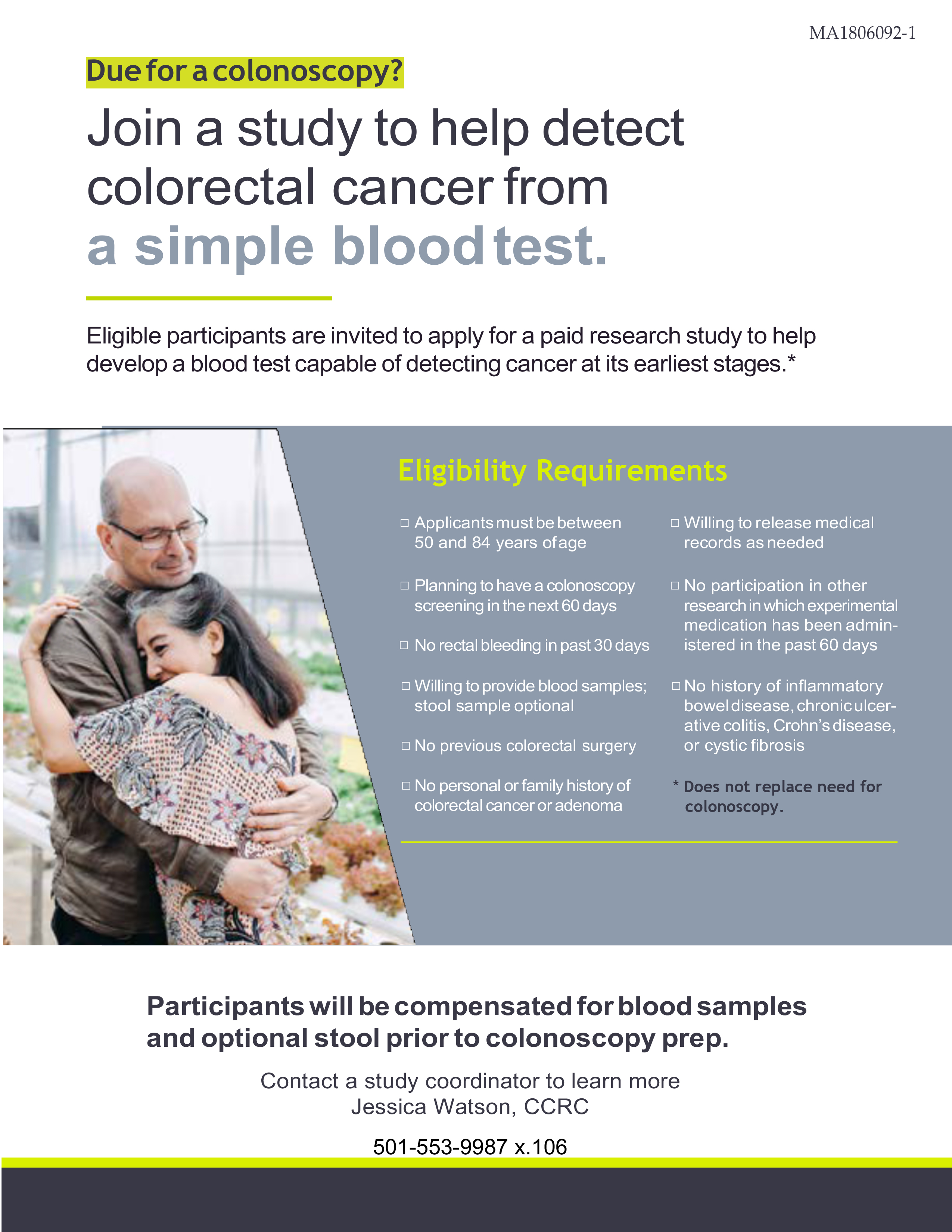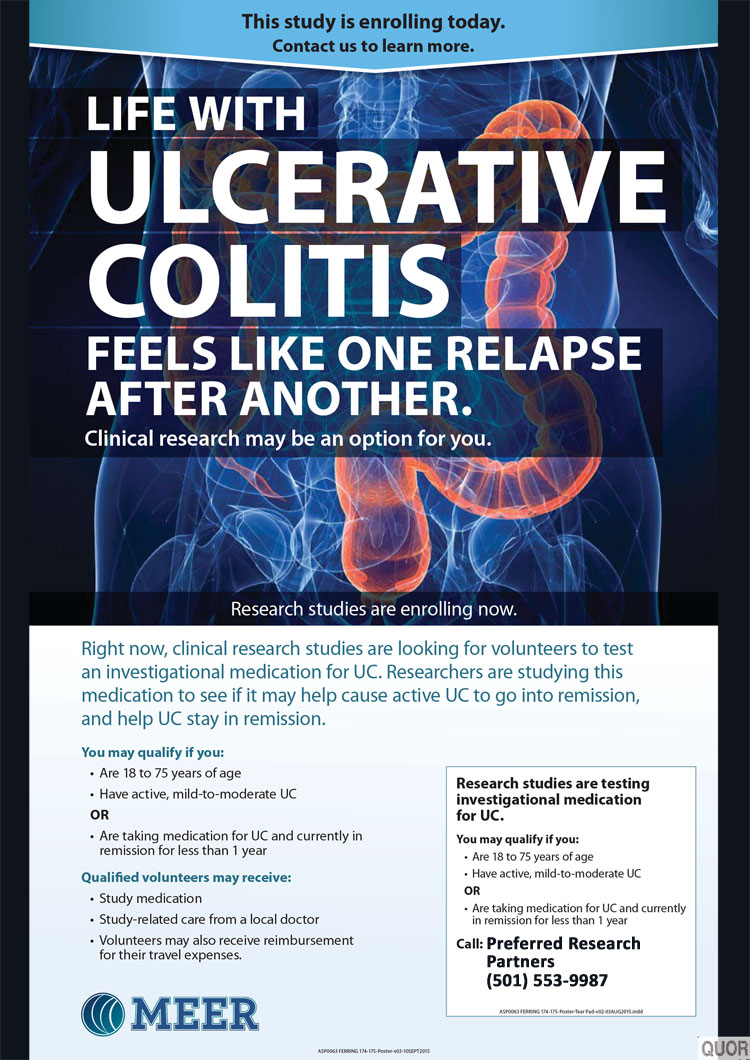When a child is not having their normal bowel movements daily, this can be a red flag for gastrointestinal (GI) problems. As food moves through the body and to the colon, the colon will then absorb water as it creates stool. Due to muscle movements, the stool is pushed to the rectum which forms solid stool. However, when the muscle movements are not consistent or become too slow the colon will absorb the water and the stool will become hard and dry which in return causes constipation.
Symptoms to look for:
- Infrequent bowel movements
- Bloating, cramps, pain in the abdomen
- Hard stool
- Lack of appetite
Seeing symptoms of constipation is always the start to figuring out what could be affecting your child but like any diagnosis, speak with your medical professional for a better understanding of whether your child suffers from pediatric constipation.
How does one become diagnosed with constipation?
Obtaining your child’s daily habits and performing a physical exam is most commonly the first step to being diagnosed by a medical professional. After an exam, there may be other testing to be performed. This could include a rectal exam, x-ray of the abdomen, rectal biopsy, barium enema, colonoscopy, and lab testing. In many of these cases, the other testing is only performed if the medical doctor deems it necessary.
What could be the cause of all the discomfort?
- Diet
- Eating foods low in fiber limits the bowel movements. Greasy foods, junk foods, and soda are some of the types of food high in fat and low in fiber.
- Lack of exercise
- Exercising helps the food digested move throughout the intestines. With minimal or limited exercise, the build up of food can start to cause the abdominal discomfort.
- Atmosphere
- When children are out in public or in an area that they do not feel comfortable going to the bathroom in, this can result in a child holding their stool. When holding your stool, it can create the pathway for constipation. A popular example is children who are starting school.
- Underlying Medical Condition
- Cerebral palsy
- Hypothyroidism
- Anal and/or rectum problems, intestinal tract obstruction
- Certain medications
If bowel movements are a concern for your child, there are good habits to form with your child to keep them going to the bathroom regularly. Sitting your child on the toilet for approximately 10 minutes within an hour after eating a meal as most bowel movements occur between 30 and 60 minutes after eating. Using the restroom more regularly and possibly using a reward system can aid the child in wanting to go to the restroom.
How can you help your child with getting treated for constipation?
A good step into treating constipation is adding more fruits, vegetables, and whole grains to your child’s diet. Pushing fluids especially water and eating a regularly scheduled, well-balanced meal can help push bowel movements. This would aid in consuming the right amount of fiber to help your child with having daily bowel movements.
Learn about Preferred Research Partners now enrolling clinical trial for pediatric constipation. Email info@preferredresearchpartners.com or call (501) 553-9987 for more information.











